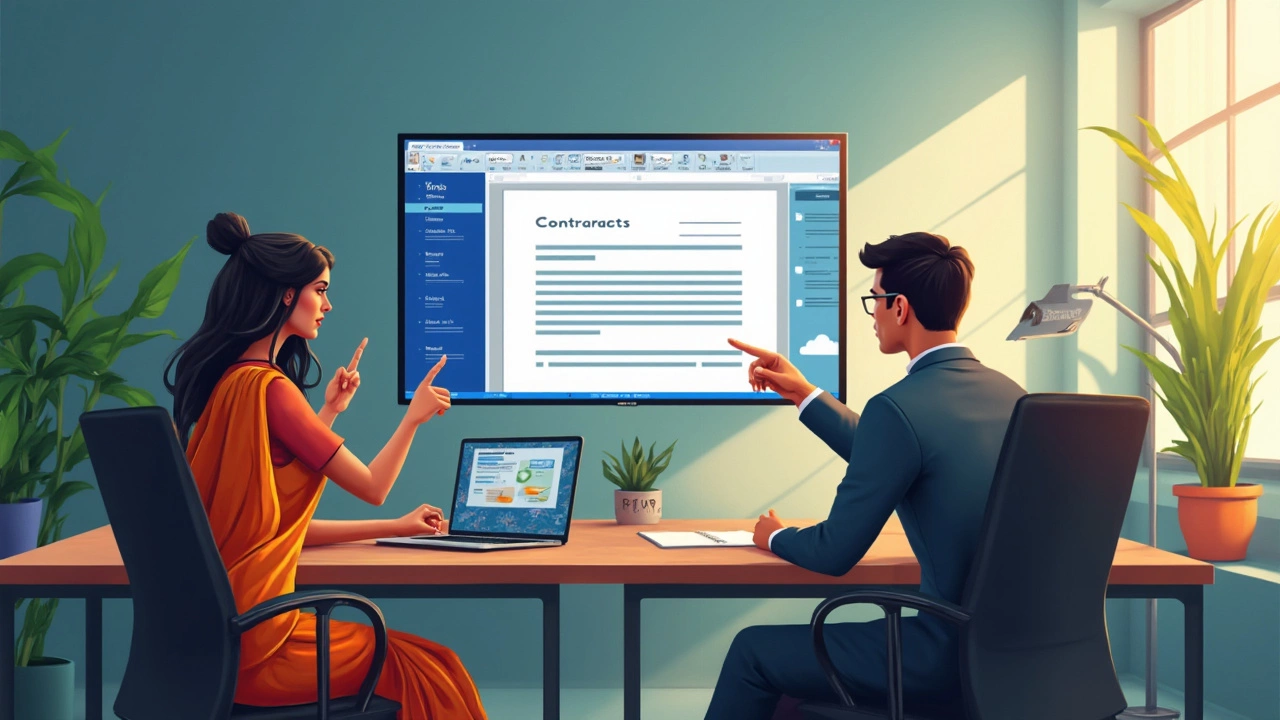Agreements 101: What Every Renter and Landlord Should Know
Signing a rental or lease agreement can feel like stepping into a maze. The good news? Most of the paperwork is straightforward once you know the basics. Below we break down the must‑know parts of any property agreement, so you can avoid surprises and protect your rights.
Key Parts of a Rental or Lease Agreement
First, look for the parties involved – that’s you (the tenant) and the landlord or management company. Next, check the property address and the exact unit number. The lease term tells you how long you’re staying – usually a year, but month‑to‑month options are common too.
Rent amount, due date, and payment method sit right up front. Some contracts also list late fees, so you know how much extra you’d pay if you miss a deadline. Security deposit details are critical: how much you’ll pay, where it’s held, and the conditions for getting it back.
Maintenance responsibilities are often a gray area. A solid agreement will spell out who fixes what – for example, the landlord handles big structural repairs while you take care of minor upkeep like light bulbs.
Tenant Rights and Landlord Obligations
Every state has its own rental laws, but a few universal rights apply. You have the right to a habitable space – that means heat, water, and safe electrical systems. If the landlord tries to enter the unit without notice, that’s usually a breach of your privacy.
Most agreements require a 24‑ to 48‑hour notice before a landlord can show the property or do repairs, unless it’s an emergency. Knowing this helps you plan around work or personal schedules.
If you need to break a lease early, look for “early termination” clauses. Some contracts allow you to end the lease by paying a fee or finding a replacement tenant. Ignoring this can cost you months of rent.
On the flip side, landlords must follow proper eviction procedures. They can’t just lock you out or shut off utilities. A court order is usually required, and you’ll receive a written notice with a specific deadline.
Finally, keep a copy of every document you sign – the lease, addendums, and any communication about repairs or rent changes. Digital copies work fine, but having a paper backup never hurts.
Understanding these core elements makes the agreement process less intimidating. Whether you’re moving into your first apartment or managing a rental portfolio, a clear contract protects both sides and keeps the rental experience smooth.
Microsoft Word Contract Templates: Finding and Using Ready-Made Legal Documents
by Arjun Mehta Jun 26 2025 0 Real EstateCurious if Microsoft Word has a contract template? Get the lowdown on finding, customizing, and using Word's built-in agreement templates (plus real-life tips).
READ MORE